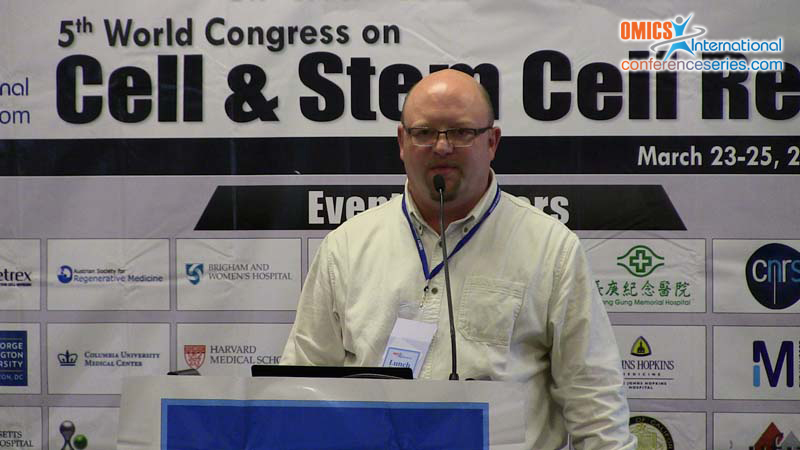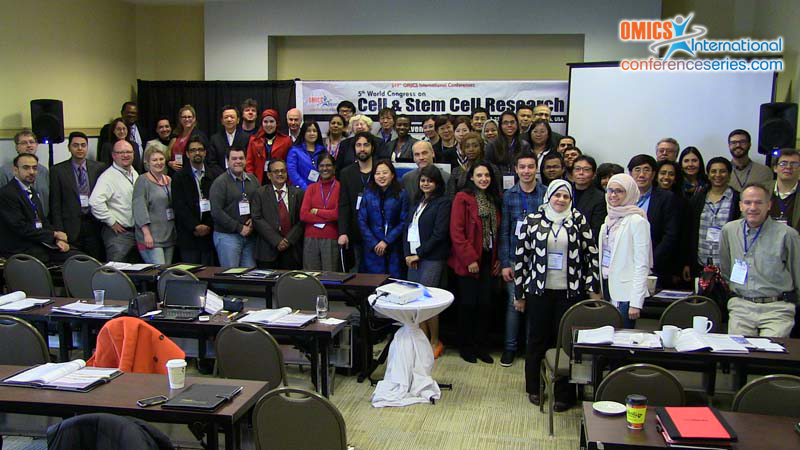
Christopher A Bradley
Lattice Biologics, Inc., USA
Title: Extracellular matrix-assisted cell viability
Biography
Biography: Christopher A Bradley
Abstract
Decellularized tissue matrices derived from cadaveric sources provide allografts used in surgical applications such as spinal fusion, tendon replacement, breast reconstruction, and dermal wound healing. The emergent technology of adult stem cells promises to augment these traditional surgical materials to create medical treatments that are truly regenerative. The next generation of allografts that will be self-healing and superior to previous implementations will require the application of stem cells and stem cell-derived technologies. In the case of bone tissue, osteoinductive properties of demineralized bone matrix are retained and can direct differentiation of recruited stem cells to promote healing. However, cell homing, retention, and vascularization at the lesion site could be greatly improved. Research to define the niche specified by stem cell-secreted extracellular matrix (ECM) has allowed for customization of the ideal healing microenvironment. Allografts infused with stem-cell derived ECM can potentially provide all the necessary signals that would improve engraftment and viability of recruited stem cells. Additionally, manipulation of the growth conditions under which stem cells produce their ECM could revive quiescent cells and enhance vascularization. Lattice Biologics seeks to develop the next generation of allografts. We envision using fluorescent chimeric RNA aptamers to measure important metabolite ratios in living cells and select for conditions ideal for autologous stem cell transplantation. Similarly, optimization of conditions used to grow stem cells in vitro could influence the output of soluble and insoluble signals present in secreted ECM which would then be used to instruct a patient’s own circulating stem cells.
Speaker Presentations
Speaker PPTs Click Here





